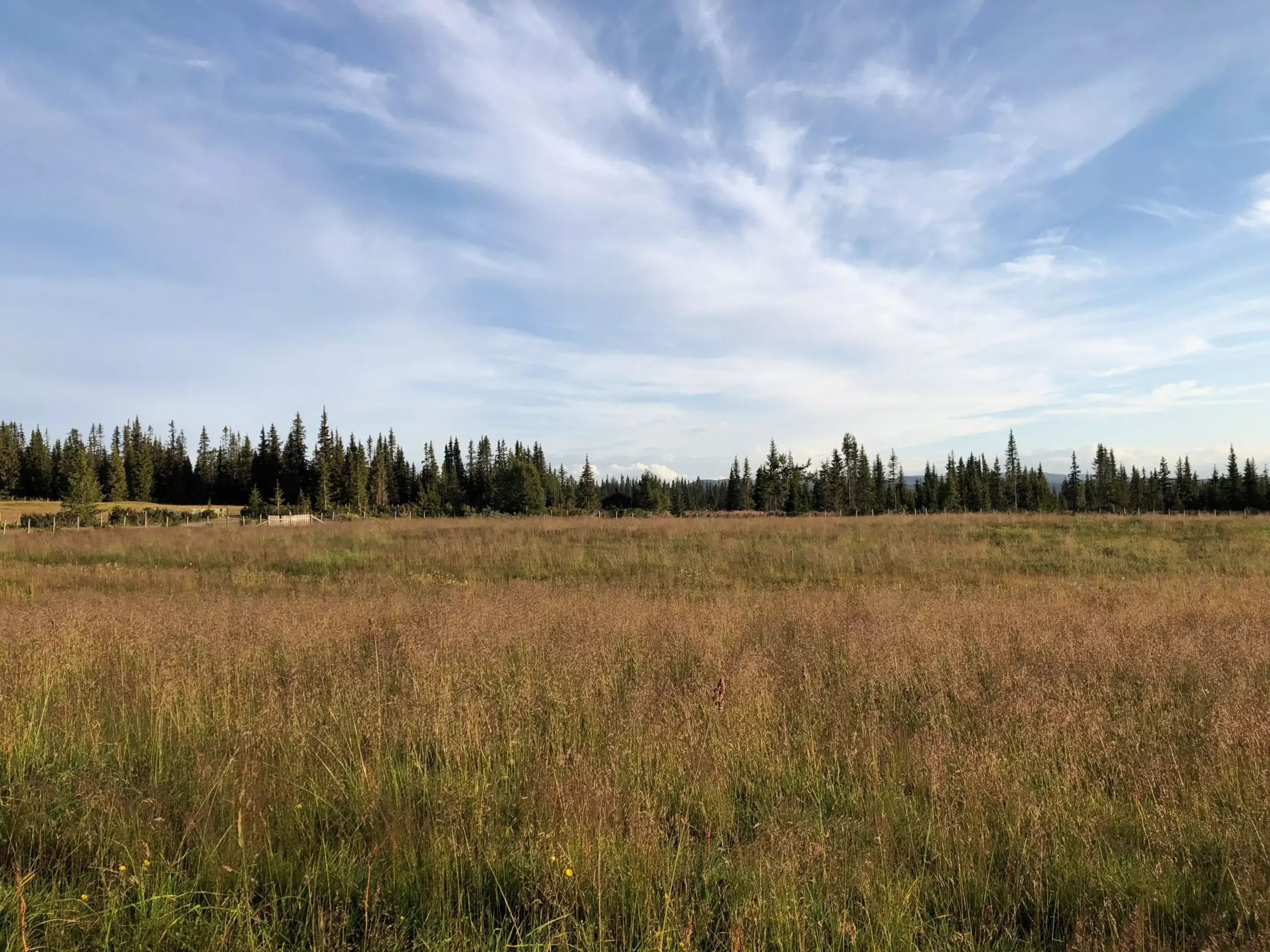Climate change is reshaping the very fabric of our ecosystems, bringing with it implications that extend far beyond just rising temperatures and extreme weather events. A recent study from the University of Cambridge reveals a concerning dynamic: as agricultural land shifts northward due to climate influences, competition for land that has traditionally supported timber production is poised to intensify. This challenge is particularly striking as the world grapples with an escalating demand for both food and timber. With vineyards increasingly sprouting in previously unsuitable regions, one must question the long-term sustainability of this development.
The findings indicate a significant transformation in land usability, which is not merely a theoretical concept but one with real-world implications for our economy and environment. With agriculture creeping into areas once covered by forests, the stakes for our timber resources and food supply are higher than ever. Dr. Oscar Morton, a key researcher in the study, emphasizes the finite nature of viable land for food and wood production, urging a forward-thinking approach that addresses the demands of tomorrow.
Mapping the Future of Farming and Forestry
The best-case projections highlight that even under optimal conditions—where global society successfully achieves its net-zero emissions goals—there will still be notable shifts in the distribution of arable land and timber resources. This scenario hints at the complex challenges we face; while it may appear feasible to maintain both timber and food supplies, the reality is that competition for land will become inevitable.
Current estimates suggest that by the end of this century, about 320 million hectares of land, roughly equal to the size of India, will transition from forest to agricultural use, primarily impacting forestry-dominant countries such as the U.S., Canada, China, and Russia. This unprecedented change signals a need for urgent strategies to manage the dual pressures of food production and timber sustainability.
In an era where global food demand is projected to double by 2050, propelled by growing populations and affluence, the economic implications of competing agricultural and timber demands cannot be ignored. The timber industry currently contributes an impressive $1.5 trillion annually to the global economy, making it a critical sector. However, challenges such as heat waves, wildfires, and pest invasions—exacerbated by climate change—significantly jeopardize timber yields.
Agriculture, in its quest to meet ascending food demands, may soon push timber production into remaining primary forests, which face their own set of ecological vulnerabilities. David Edwards, a professor of Plant Ecology, warns that this could lead to irrevocable damage to some of the planet’s most biodiverse regions, placing both wood and food security at risk. The competition for land may drive logging practices into untouched ecosystems, where the repercussions for biodiversity could be catastrophic.
To unravel this complex tapestry, researchers have utilized advanced satellite data to juxtapose regions of intensive forestry with predictive models of suitable agricultural land for major crops. The results underscore a stark reality: the interplay between timber and agricultural needs could create a multitude of environmental challenges, including the potential loss of vital ecosystems.
It’s essential to recognize that the impacts of climate change are not mere figures on a page but rather tangible risks that can lead to an ecological crisis. From shifts in temperatures making certain areas inhospitable for agriculture to the spread of destructive pests that can devastate timber resources, the consequences are both imminent and severe.
As we look to secure future supplies of both wood and food, the need for integrated and strategic planning becomes paramount. Addressing the impending competition between these sectors will require innovative approaches and collaboration among policymakers, industry leaders, and scientists. The research advocates for early investment in forestry practices that will yield sustainable resources long into the future.
Ultimately, the challenge posed by climate change highlights the interconnectedness of our needs and the delicate balance that must be maintained. While securing food supplies often takes precedence, the equally essential role of timber in modern life reminds us that both sectors are inextricably linked. Stakeholders must thus develop comprehensive strategies that prioritize a sustainable coexistence of timber and agricultural production, ensuring that neither resource is compromised in the face of a changing climate.


Leave a Reply